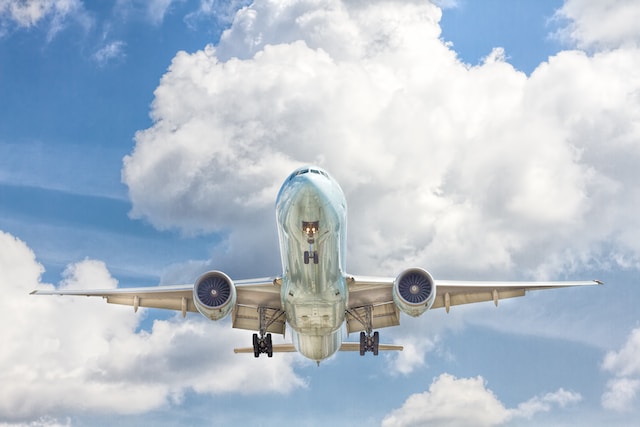In December, a United Airlines flight from Chicago to Washington, D.C., was the first-ever passenger flight powered by 100% sustainable aviation fuel—demonstrating the potential for aviation to reduce its carbon footprint. In this new episode of the I am BIO Podcast, we hear from two people who helped make it happen and how we help this fuel take off.
“When it comes to transportation, commercial air travel is one of the fastest growing sources of greenhouse gas emissions,” says Biotechnology Innovation Organization (BIO) President and CEO Dr. Michelle McMurry-Heath. “Since 1990, carbon emissions from commercial air travel have increased by more than 22%. By comparison, the military has decreased its aviation greenhouse gases by 66% during the same period.”
Sustainable aviation fuel can “reduce emissions up to 85%, with promise through technology to really reduce the emissions beyond, up to 100%,” says United Airlines’ Chief Sustainability Officer Lauren Riley. Right now, aircraft are only allowed to use up to 50% SAF—but “what we demonstrated on that flight…is that you can safely fly using 100% sustainable aviation fuel in your engine and performs exactly the same as fossil jet fuel,” she explains.
The flight was achieved with a product from Virent, the BIO member converting sugars into “fuels and chemicals no different than what you see out of a petroleum refinery today,” explains Virent President and General Counsel Dave Kettner. The flight “proved that you don’t need to change the aircrafts or the fueling industry, because there is the possibility of providing a 100% drop-in sustainable aviation fuel.”
Now, we need policy solutions—like low-carbon fuel standards which stimulate “the kind of supply we need,” says Riley, as well as SAF tax credits to incentivize suppliers to “create the kind of fuels that we need that can truly pull the carbon out of flying.”




